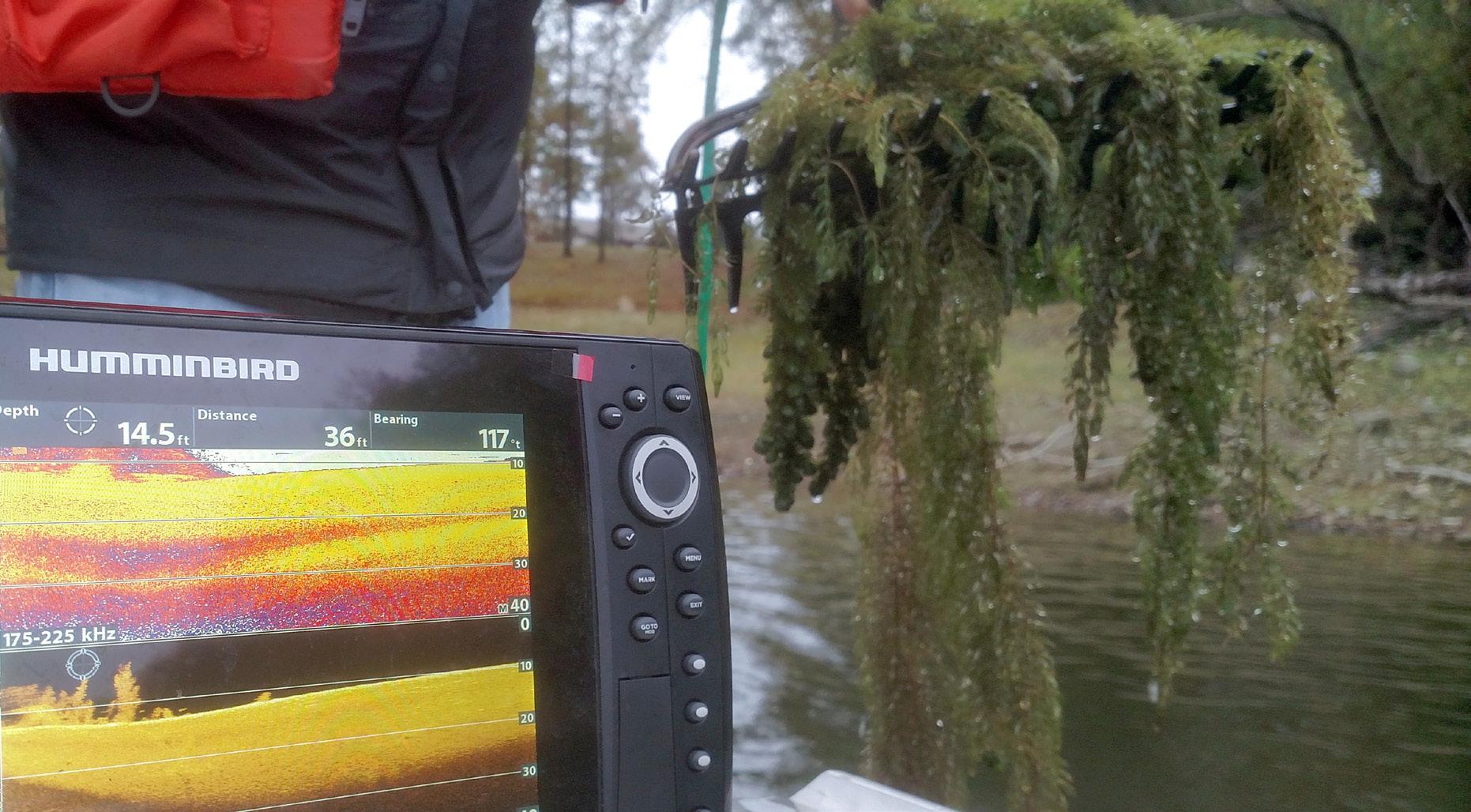
3 minute read
UAPB Project Studies Effects of Invasive Asian Bigheaded Carps on Native Fish Populations
Cody Salzmann, UAPB graduate student of aquaculture and fisheries, catches a silver carp during an assessment on the White River.
Researchers at the UAPB Department of Aquaculture and Fisheries are studying the effects of invasive Asian bigheaded carps on fish species native to Arkansas. This research is part of a larger project intended to provide science-based information to increase understanding of the overall impact of invasive fish species in the state.
Advertisement
“Natural resource agencies nationwide have become concerned about aquatic nuisance species to the point of adopting state-level management plans to complement existing national management plans,” Dr. Michael Eggleton, UAPB professor of aquaculture and fisheries, said. “The Arkansas Aquatic Nuisance Species Management Plan has specific criteria to identify focal or target species, which include Asian bigheaded carps.” During the last decade, invasive Asian bigheaded carps (primarily silver carp) have become established in the lower Mississippi River and several tributary rivers. Despite the high abundances of these fish in some river systems and probable ecological consequences, the effects of carps on native fish assemblages (groups of species living together in the same space and time) – specifically their variety and abundances – are largely unknown.
Recent UAPB research compared current fish assemblages in the lower White River to historical assemblages using data collected prior to carp invasions. In this case, oxbow lakes in the lower White River were comprehensively assessed by UAPB between 2002 and 2005, which preceded establishment by carps.
“This historical study presented us a unique opportunity to examine possible carp effects in these systems,” according to Dr. Eggleton.
Data on current fish assemblages in the lakes was collected using experimental gill nets, mini-fyke nets and boat electrofishing, Dr. Eggleton said. Initial results suggested that gross assemblage measures such as fish species richness (the bulk number of species present) and diversity (how those species are distributed compositionally) were comparable between the pre-carp period (2002-2005) and post-carp period (2017).
Although gross measures did not appear to differ in response to invasive carps, Dr. Eggleton said the study identified several noticeable structural changes in lower White River oxbow lake fish assemblages that had occurred during the past 10 to 15 years.
“In particular, we observed sharp declines in bluegill abundances, along with decreases in gizzard shad and white crappie numbers associated with establishment of carps. This was significant given the importance of bluegill and gizzard shad in these lake food webs. At the same time, several other sunfish species, buffalofishes and weed shiner appeared to become more abundant in the presence of carps.”
“Currently, it is not possible to conclude that all shifts in fish assemblage structure are entirely related to Asian bigheaded carps,” he said. “River systems are driven heavily by their hydrology, with fish assemblages periodically reshuffled based on annual flooding patterns. However, the establishment of carps are one of the most pervasive changes to have occurred in this ecosystem during the past two decades. Given observations from other river systems, this study suggests that carps could be negatively influencing native fish assemblages, which underscores the need for continued research.”
The study will also lay the groundwork for future experimental research that could be conducted to determine specific influences that Asian bigheaded carps are having on individual fish species, Dr. Eggleton said.

Data on current fish assemblages in the lakes in the lower White River was collected using experimental gill nets, mini-fyke nets and boat electrofishing. Joseph Kaiser, UAPB alumnus of aquaculture and fisheries, catches a silver carp during an assessment.










